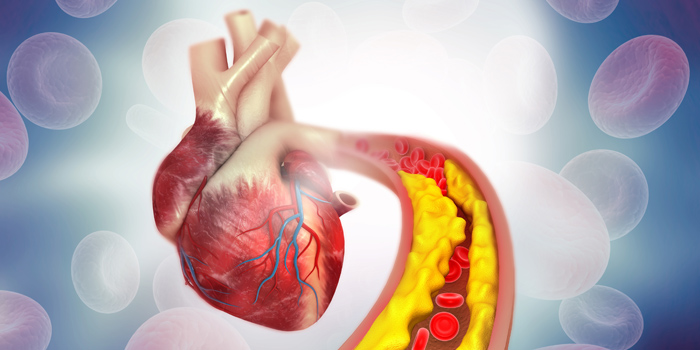September is National Cholesterol Education Month. Its purpose is to shine a light on a silent condition that has no symptoms but can lead to heart disease through the blocking of your arteries. High cholesterol is often underappreciated as a significant health risk. As a leading cause of heart disease, it is the leading cause of death around the globe.
The purpose of declaring September as “a Month” is to give high cholesterol increased attention and serve as an annual reminder to be checked for this possible health risk. A simple blood test can tell you if your cholesterol is high and if you’re in danger of heart disease. Luckily, improving one’s lifestyle choices can also help lower “bad” (LDL and Triglycerides) cholesterol or increase “good” (HDL) cholesterol. National Cholesterol Education Month encourages educating people on how to do that.
For example, soluble fiber can reduce the absorption of cholesterol into your bloodstream. Five to 10 grams or more of soluble fiber a day decreases your LDL cholesterol. One serving of a breakfast cereal with oatmeal or oat bran provides 3 to 4 grams of soluble fiber.
High cholesterol is hard to diagnose since it really has no observable symptoms. It can be caused by an unhealthy diet and exacerbated by smoking and a lack of exercise. It is a serious condition that affects nearly 102 million Americans over the age of 20 with 35 million having cholesterol high enough to put them at significant risk of heart disease. National Cholesterol Education Month encourages people to be mindful of it and be proactive in being tested for it and, if necessary, taking appropriate life-style changes.
The charts below indicate the various risk levels for the different types of cholesterol, both “good” and “bad”. HDL cholesterol is considered “good” cholesterol because it helps remove “bad” cholesterol from the blood. High HDL is shown to protect against stroke and heart attack.
| LDL cholesterol (“bad”) | |
| Optimal / Desirable | Below 100 |
| Near optimal | 100 to 129 |
| Borderline high risk | 130 to 159 |
| High risk | 160 to 189 |
| Very high risk | Above 189 |
| Triglycerides (“bad”) | |
| Optimal / Desirable | Below 150 |
| Borderline high risk | 150 to 199 |
| High risk | 200 to 499 |
| Very high risk | Above 499 |
| HDL cholesterol (“good”) | |
| Optimal / Desirable | Above 59 |
| High risk | Below 40 |
Your body needs a certain level of cholesterol to function well. Excess LDL or Triglycerides or not enough HDL can affect your heart. Too much “bad” cholesterol in your blood narrows the path for blood which carries oxygen to your heart. Insufficient blood supply to the heart impacts your heart muscles and causes chest pain. Further blockage of an artery can cause a heart attack.
You can live for many years with high cholesterol and not even be aware of it. That’s why it’s important to get your cholesterol numbers tested on a regular basis. If your cholesterol totals are too high (hyperlipidemia), that’s a clear warning for you and your healthcare provider to take appropriate steps to get your cholesterol to a healthy level.

